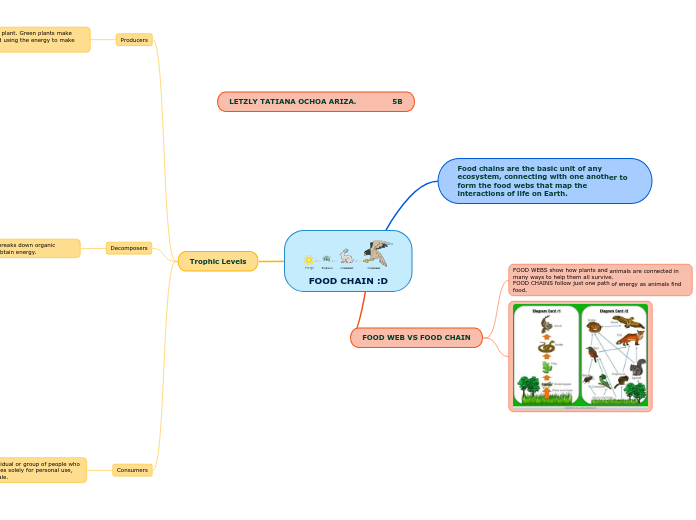by Hannah Joy 6 years ago
246
Macromolecules
The text discusses various biological molecules and their essential functions within living organisms. It highlights the importance of transport mechanisms that move molecules and nutrients throughout the body and into cells.









